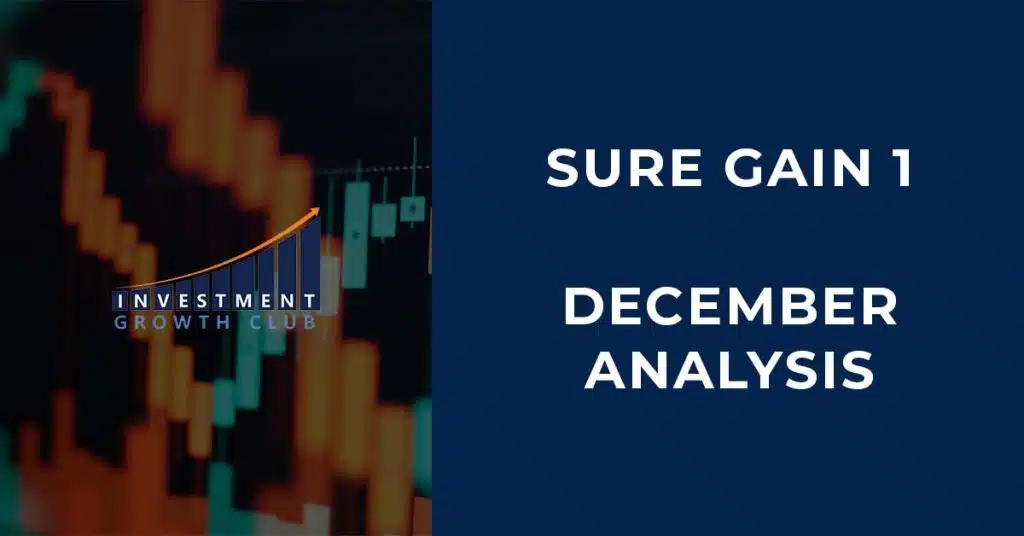Key Takeaways
- Central bank policies, commodity prices, and geopolitical uncertainties will influence December’s currency market.
- Bearish trends dominate, but strategic opportunities are available for traders.
- Monitoring key economic indicators and central bank communications is crucial.
- Traders should watch for potential breakout scenarios to capitalize on market movements.
This review covers five major currency pairs, focusing on current trends, key technical insights, fundamental influences, and forecasts for December.
GBP/USD (British Pound/US Dollar)
- Trend: Bearish, trading between 1.2500 and 1.2800.
- Technical Points: GBP/USD is trading around 1.2695, below both the 50-day and 200-day moving averages, reflecting a bearish trend. RSI indicates bearish sentiment. Immediate support is at 1.2600, with a stronger floor at 1.2500. Resistance is observed at 1.2730 and 1.2800.
- Fundamental Drivers: The Bank of England’s recent 25-basis-point rate cut to 5% (its first in four years) and a cautiously optimistic growth forecast of 1.25% have influenced GBP sentiment. However, the U.S. Federal Reserve’s hawkish tone, supported by robust economic data, strengthens the USD. Slower U.K. economic activity in late 2024 adds further pressure.
- Forecast: GBP/USD is expected to trade between 1.2500 and 1.2800. A dovish BoE or hawkish Fed could push the pair below 1.2500, while stronger U.K. data or a more accommodative Fed may drive the pair above 1.2800.
AUD/CAD (Australian Dollar/Canadian Dollar)
- Trend: Bearish, trading between 0.9000 and 0.9200.
- Technical Points: AUD/CAD is trading at 0.9150, below its 50-day and 200-day moving averages, signalling a bearish trend. RSI remains neutral, indicating market indecision. Support levels are at 0.9080 and 0.9000, while resistance is at 0.9150 and 0.9200.
- Fundamental Drivers: The Reserve Bank of Australia (RBA) maintains a dovish stance, prioritizing growth stability, while the Bank of Canada (BoC) signals hawkish intentions due to strong economic performance. Rising oil prices favour CAD, while Australia’s reliance on commodity exports ties AUD performance to global demand fluctuations, particularly from China.
- Forecast: AUD/CAD is expected to trade between 0.9000 and 0.9200. A dovish RBA or rising oil prices could push the pair below 0.9000, while weakening oil prices or an aggressive RBA might drive it above 0.9200.
EUR/GBP (Euro/British Pound)
- Trend: Bearish, trading between 0.8250 and 0.8400.
- Technical Points: EUR/GBP is trading around 0.8330, below its 50-day and 200-day moving averages, indicating a bearish trend. RSI remains neutral. Key support levels are at 0.8300 and 0.8250, with resistance at 0.8350 and 0.8400.
- Fundamental Drivers: The euro remains under pressure from weak Eurozone economic data and the ECB’s cautious monetary policy. Meanwhile, the BoE’s hawkish stance, supported by resilient U.K. labor data and persistent inflation, strengthens GBP. Ongoing geopolitical uncertainties, including trade and energy concerns, weigh further on the euro.
- Forecast: EUR/GBP is expected to trade between 0.8250 and 0.8400. A dovish ECB or hawkish BoE could lead to a drop below 0.8250, while a more aggressive ECB or a dovish BoE might push the pair above 0.8400.
AUD/USD (Australian Dollar/US Dollar)
- Trend: Bearish, trading between 0.6400 and 0.6600.
- Technical Points: AUD/USD is trading around 0.6465, below its 50-day and 200-day moving averages, signaling a bearish trend. RSI is neutral. Immediate support is at 0.6434, with stronger support at 0.6346. Resistance is observed at 0.6507 and 0.6600.
- Fundamental Drivers: The RBA’s dovish approach contrasts with the Fed’s hawkish stance, keeping pressure on AUD. Commodity prices, particularly gold, remain a key influence, as AUD/USD shows a positive long-term correlation with gold prices.
- Forecast: AUD/USD is expected to trade between 0.6400 and 0.6600. A dovish RBA or rising gold prices could push the pair below 0.6400, while weakening gold prices or an aggressive RBA might drive it above 0.6600.
CAD/CHF (Canadian Dollar/Swiss Franc)
- Trend: Bearish, trading between 0.6200 and 0.6700.
- Technical Points: CAD/CHF is trading at 0.6293, below its 50-day and 200-day moving averages, indicating a bearish trend. RSI remains neutral, reflecting market indecision. Support is at 0.6282 and 0.6060, while resistance is at 0.6309 and 0.6722.
- Fundamental Drivers: The BoC’s signals of potential rate cuts, coupled with trade uncertainties from U.S. tariffs, create downside risks for CAD. On the other hand, the Swiss National Bank’s dovish tone and manufacturing sector struggles limit CHF gains. Oil prices remain a critical driver for CAD performance.
- Forecast: CAD/CHF is expected to test 0.6400, with potential upside toward 0.6700 if bullish momentum resumes. A drop below 0.6200 would invalidate the bullish outlook, opening the door to 0.6000.

